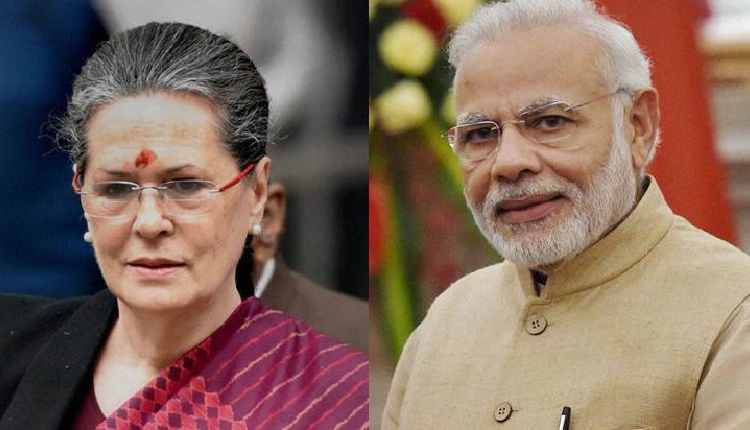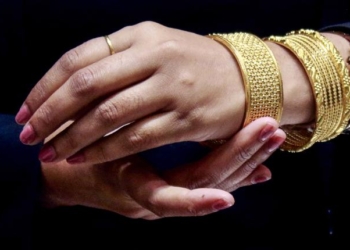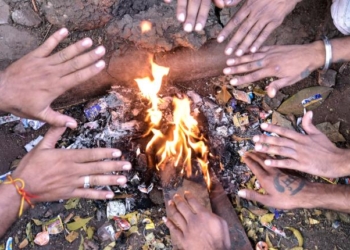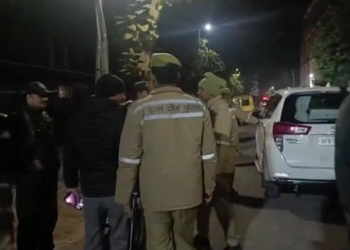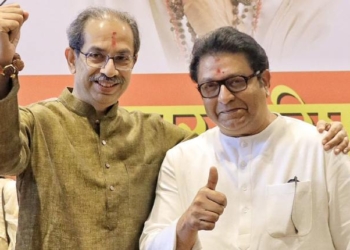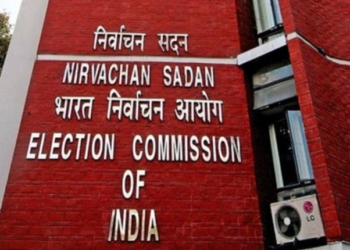New Delhi: Considering retrieving the Women’s Reservation Bill from cold storage, the then Congress President Sonia Gandhi wrote to Prime Minister Narendra Modi in 2017, urging his party to pass the legislation, given their majority in Lok Sabha.
Already cleared in Rajya Sabha in 2010, this bill seeks to reserve 33 per cent representation for women in Parliament and state legislatures.
“I am writing to request you to take advantage of your majority in the Lok Sabha to now get the Women’s Reservation Bill passed in the lower house as well,” she wrote, assuring Congress’ support and adding that this bill would be a significant step in the direction of women empowerment.
It was on March 8, 2016, on the occasion of International Women’s Day that the Congress supremo made a strong pitch for this “long awaited” bill.
“The long awaited Women’s Reservation Bill requires the government’s attention,” she said in Lok Sabha, adding pertinently that “the Congress is proud to have given the first and only woman Prime Minister”, referring to Indira Gandhi.
BJP, along with Congress and Left parties supported this bill despite opposition by some regional parties.
Calling out on the NDA government’s “minimum government, maximum governance” dictum, Sonia Gandhi criticised, saying that “maximum governance means giving women their due.” She pointed out that the notion of “maximum governance” is inclusive of “preserving the social and communal fabric” of the nation, which ” involves the expansion of scope of debate without retaliation and retribution”.
Although this bill was first tabled in Lok Sabha as the 81st Amendment Bill in September 1996 by the then Prime Minister H.D. Deve Gowda-led United Front government, it failed to get the approval of the House and lapsed with the dissolution of the session.
A dramatic scene happened in 1998, when Law Minister M. Thambidurai introduced the bill on behalf of then Prime Minister Atal Bihari Vajpayee-led National Democratic Alliance (NDA) government in the 12th Lok Sabha. An RJD MP went to the well of the House, grabbed the bill and tore it to bits. As expected, the bill lapsed again.
Even though the bill was reintroduced in 1999, 2002 and 2003, with the collective support of Congress, the BJP and the Left parties, it failed to receive requisite votes to become a law.
Later, Manmohan Singh-led UPA-I government tabled the bill in the Rajya Sabha where it was passed with 186-1 votes on March 9, 2010, amid protests by some regional parties and collective support of the Congress, BJP and Left parties. But since it was left pending in the Lower House, it lapsed with the dissolution of the 15th Lok Sabha.
A long history of persistent endeavours
The Woman’s Reservation Bill had its seeds sown way back in 1931, when Begum Shah Nawaz and Sarojini Naidu wrote to the British Prime Minister, submitting the official memorandum jointly issued on the status of women in the new Constitution by three women’s bodies: “To seek any form of preferential treatment would be to violate the integrity of the universal demand of Indian women for absolute equality of political status.”
When the matter of women’s reservation came up in the Constituent Assembly debates, it was rejected as unnecessary, presuming that democracy accords equal representation to all groups.
In 1947, noted freedom fighter Renuka Ray said: “We always held that when the men who have fought and struggled for their country’s freedom came to power, the rights and liberties of women too would be guaranteed.”
However, it did not take very long to become clear that this was not the case. Hence, special representation for women became a recurring concern in policy debates and discussions.
When the Committee of the Status of Women in India was set up in 1971, it commented on the declining political representation of women in India. Though a majority remained against reservation for women in legislative bodies, they all supported reservation for women in local bodies. Eventually, many state governments began announcing reservations for women in local bodies.
The National Perspective Plan for Women recommended in 1988 that reservation be provided to women from the grassroot to the apex levels, ie, from panchayat to the Parliament.
These recommendations made way for the historic the 73rd and 74th amendments to the Constitution which mandate all state governments to reserve one-third of the seats for women in Panchayati Raj Institutions and one-third of the offices of the chairperson at all levels of the Panchayati Raj Institutions, and in urban local bodies.
Within these seats, one-third are reserved for Scheduled Caste/Scheduled Tribe women. States such as Maharashtra, Andhra Pradesh, Bihar, Chhattisgarh, Jharkhand and Kerala have made legal provisions to ensure 50 per cent reservation for women in local bodies.
It is widely argued and understood that women’s interests are not and cannot be isolated from social, economic and political issues. That being the case, Sonia Gandhi’s push for this bill is a timely reminder, just as several previous attempts by preceding governments.
In 2014, BJP had promised 33 per cent reservation for women in its manifesto and stuck to this promise in its 2019 agenda. Since there has been no movement from the government in this direction, the Congress supremo’s 2017 letter to the Prime Minister looms as a question mark on both, the future of the Women’s Reservation Bill as well as on the word of the ruling party.
(IANS)




